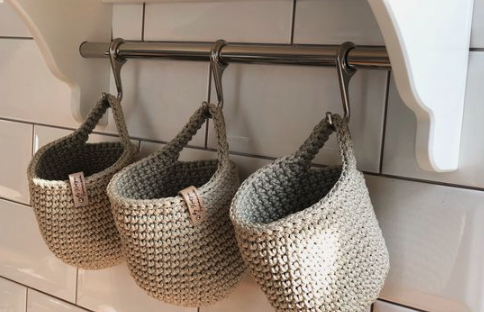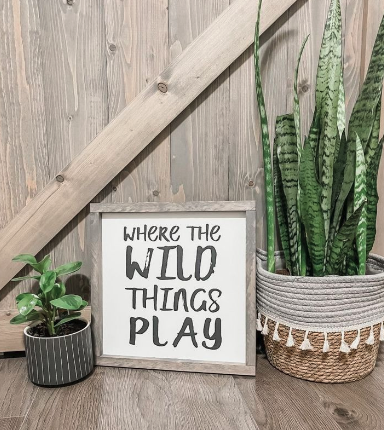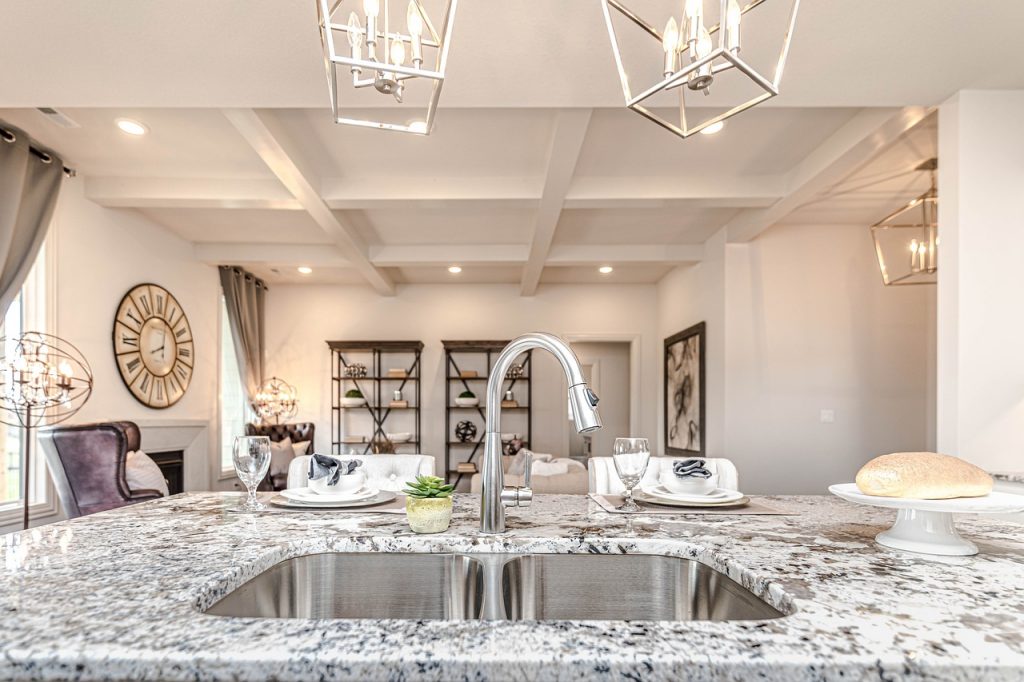Have you ever been overwhelmed with cleaning? I have! Especially when it comes to property management, cleaning becomes an essentially painful part of the process. I was in need of tips for decluttering, so after a lot of research I came up with this easy to follow guide for my staff and I to follow.
Having a clutter-free home not only brings a sense of peace and organization but also simplifies our lives. It allows us to focus on what truly matters and creates an inviting space for relaxation and productivity. If you’re ready to declutter and embark on a journey towards a simplified life, these 10 essential tips will guide you through the process.
1
Assessing the Clutter:
Before diving into decluttering, take a step back and assess the clutter in your home. Identify the areas or rooms that need the most attention. This evaluation will help you prioritize and create a plan of action.
2
Setting Clear Goals:
To stay motivated and focused, establish clear decluttering goals. Whether it’s decluttering one room at a time or dedicating a specific timeframe for the process, having a defined objective will keep you on track and prevent overwhelm.
3
Sorting and Categorizing:
Sorting and categorizing your belongings is a crucial step in the decluttering process. It helps you make informed decisions about what to keep, donate/sell, or discard. By following these six essential tips, you can streamline your sorting and categorizing efforts for a successful decluttering experience.
Establish Clear Categories
Create distinct categories that align with your decluttering goals. Common categories include “Keep,” “Donate/Sell,” and “Discard.” Consider adding additional categories if needed, such as “Recycle” or “Repair.” Clearly defining categories allows for a systematic approach to sorting your belongings.
To make your life easier I have put together a list of categories you can define each item by.
Here are 15 distinct categories you can use for sorting your belongings during the decluttering process:
- Keep
Everything that you want to keep and continue using regularly.
- Donate
Good condition items that can be donated to charities or given to others who may benefit from them.
- Sell
Sellable things that have value and can be sold to recoup some of your expenses or earn extra money.
- Discard
Anything that is damaged, broken, or no longer usable and need to be thrown away.
- Recycle
Recyclable materials that can be properly recycled instead of ending up in the landfill.
- Repair
Things that need repairs or maintenance before they can be used again.
- Repurpose
Can be transformed or repurposed into something new and useful.
- Rehome
Hold sentimental value but are no longer practical for you to keep, which can be given to family members or friends.
- Archive
Documents or sentimental items that you want to keep for reference or sentimental reasons but don’t need to be accessed regularly.
- Digitalize
Physical items, such as photos or documents, that can be scanned or digitized to reduce physical clutter.
- Seasonal
Items that are only used during specific seasons or occasions and can be stored away when not in use.
- Excess
Duplicate or excessive items that serve the same purpose and can be reduced to a reasonable quantity.
- Unwanted Gifts
Items received as gifts that don’t align with your preferences or needs and can be passed on to others.
- Sentimental
Undeniable significant emotional value and can be kept in a designated sentimental keepsake box.
- Undefined
Items that you’re unsure about and require further evaluation or decision-making.
Evaluate Usefulness and Sentimental Value:
For each item, evaluate its usefulness and sentimental value. Ask yourself if you have used the item within the past year or if it truly enhances your life. Assess sentimental items objectively and decide if they hold significant meaning or if a photograph or memento could capture the memory instead.
Embrace Honesty and Letting Go:
Be honest with yourself during the sorting process. Let go of items that no longer serve a purpose or bring you joy. Understand that possessions do not define your memories or your worth, its the best tip for decluttering. Focus on creating a living space that aligns with your current needs and aspirations.
Take One Item at a Time:
To prevent overwhelm, tackle one item at a time. Pick up an item and make a conscious decision about its category. Avoid becoming paralyzed by sentimentality or the fear of making the wrong choice. Trust your instincts and remember that progress is made through small steps. Great for tips for decluttering.
Use Visual Clues for Organization:
As you sort through your belongings, consider using visual clues for organization. Utilize labeled bins or boxes to separate items for each category. Use color-coded labels or stickers to differentiate between various groups. These visual cues will help you maintain clarity and organization during the process.
Maintain Momentum and Follow Through:
To achieve a clutter-free space, maintain momentum and follow through with your sorting and categorizing decisions. Immediately remove donated items from your home, sell or list items for sale promptly, and dispose of discarded items responsibly. By completing the process, you’ll enjoy the benefits of an organized and simplified living environment.
4
Start Small and Stay Focused:
Decluttering can be a daunting task, so start small to avoid feeling overwhelmed. Begin with a single room or even a small area within a room. By focusing on one area at a time, you’ll see progress more quickly, which will motivate you to continue. These tips for decluttering are all about staying on point.
5
Streamlining Possessions:
Adopt the “one in, one out” rule for new items. Before bringing something new into your home, remove a similar item to maintain a balance. Let go of things that no longer serve you, be it clothes that no longer fit or unused kitchen gadgets. Simplify your life by having only what you truly need and love.
6
Organizational Systems:
Invest in storage solutions and containers that help you maintain an organized space. Utilize shelving, baskets, and drawer dividers to create designated spaces for different items. Labeling containers and organizing belongings by category will make it easier to find and access things when needed.
7
Managing Sentimental Items:
It can be challenging to part with sentimental items, but finding a balance is crucial. Create a designated space or memory box for cherished mementos. Select a few meaningful items to keep and let go of the rest. Remember, memories reside in our hearts, not necessarily in physical objects.
8
Sustainable Practices in tips for decluttering:
Adopt sustainable practices during the tips for decluttering process. Recycle or repurpose items whenever possible to minimize waste. Consider donating usable items to local charities or organizing a garage sale to give them a new life.
9
Maintenance and Mindful Consumption:

After decluttering, establish regular maintenance habits to prevent future clutter buildup. Regularly assess your belongings and reassess their value in your life. Before making new purchases, practice mindful consumption by evaluating the necessity and long-term usefulness of the item.
Conclusion to tips for decluttering
Hopefully this guide benefitted your process as it did ours. If you simply go through the tips for decluttering and fine tune your own process you will have a clean home!


